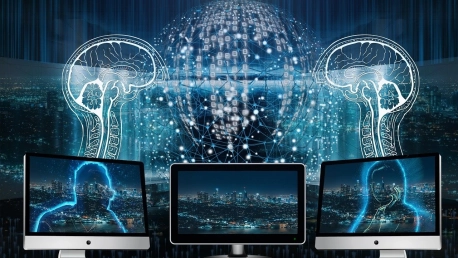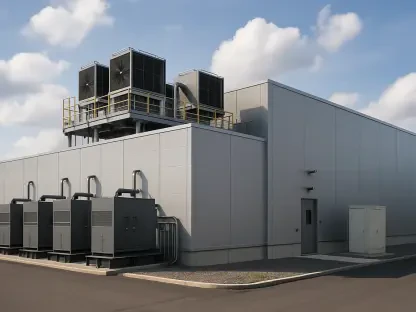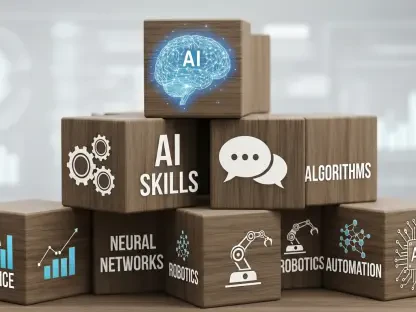In a rapidly evolving business landscape, the dawn of generative artificial intelligence (GenAI) has brought forth a pivotal moment akin to the rise of cloud computing in the early 2000s. Initially met with skepticism, cloud technology eventually revolutionized the IT industry, instigating a seismic shift in business operations and processes. Today, AI is at the precipice of a similar transformation. This isn’t a tale of gradual progression but of a leap toward a sustainable transformation—a shift in perspective that can redefine efficiency and effectiveness in the business world.
Embracing Change or Facing Obsolescence
The PricewaterhouseCoopers’ Projection
The stark reality conveyed by PricewaterhouseCoopers’ CEO survey is undeniably clear: adapt to the burgeoning AI paradigm or face obsolescence within a decade. The rapidity with which automation and AI technologies are advancing heralds a transformation that will affect a third of global jobs within the next 15 to 20 years. As business leaders digest these figures, the urgency to reconceptualize organizational models and absorb the shockwave of change becomes imperative. Faced with this pressing timeline, adaptation is not only about embracing the benefits AI can offer but also about tackling head-on the accompanying challenges such as ethics, accessibility, job disruption, and the daunting notion of human obsolescence.
The Upskilling Imperative
Parallel to maintaining a competitive edge is the imperative need for reskilling and upskilling, echoing the transformation seen in IT roles with the incorporation of cloud computing expertise. Artificial intelligence, while feared for its job-replacing potential, is poised to serve as a job augmenter, prompting an unprecedented collaboration between human and machine intellect. Although certain legacy roles might dwindle, the ascendency of positions like machine learning engineers, AI ethicists, and data scientists beckons a new employment horizon. The transition at hand is not merely about jobs but skills; it is a shift from job-focused to skill-focused development that underlines the necessity for continuous learning and adaptation.
The Leaders’ Mandate in the AI-Augmented Era
Transitioning Skills for Future Workforces
Confronted with the revolutionary potential of GenAI, organizations must pivot their focus toward adeptly cultivating the skills of their workforce for what lies ahead. This involves moving away from an occupation-centric approach to an emphasis on skill development that embraces flexibility and a nuanced understanding of AI’s role in enhancing creativity and innovation. Business leaders are entrusted with the crucial task of steering AI integration in such a manner that magnifies the creative prowess of their employees, recognizing human talent as an invaluable asset in the age of AI augmentation.
Strategic Realignments for Competitive Advantage
We’re witnessing a transformative era in business, where generative AI is emerging as a groundbreaking force, reminiscent of the early 2000s’ breakthrough with cloud computing. Despite initial doubts, cloud computing ultimately ushered in a radical change, reshaping IT and altering business workflows and methodologies forever. Presently, generative AI stands at a similar cusp, poised to catalyze a monumental shift. This is no slow creep of progress; it’s a giant leap towards a future where sustainability is integrated with transformation. It’s about a new angle of looking at things, one that promises to recalibrate what businesses consider efficient and effective. Just like the cloud once did, AI has the potential to redefine the commercial landscape, offering a dramatic pivot point comparable to previous technological revolutions, shaping a new paradigm for how industries operate.









